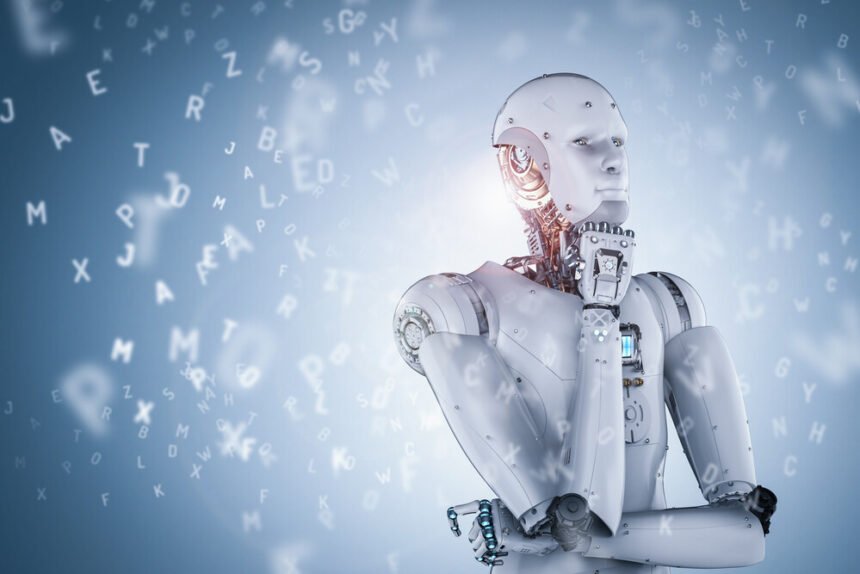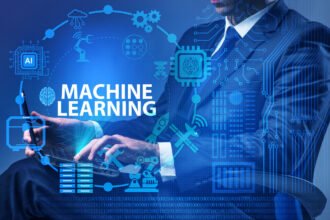Even the most astute data evangelists couldn’t have predicted the impact big data would have on the digital revolution. The original focus was on scaling the data infrastructure of large brands to build on existing services.
In the process of expanding the existing capabilities of data, new doors were opened. The concept of machine learning was born, several decades after the first science fiction writers prophesized it. New capabilities were discovered. The limitations of machine learning were discovered almost as quickly.
What Are the Limitations of Machine Learning?
When data is conceptualized properly, sophisticated AI algorithms can make the most ingenious observations. Algorithms that have access to the right type of data may seem virtually omniscient. Unfortunately, real-world inputs can’t always be easily processed as the type of data that these algorithms depend on.
At its core, machine learning depends on numerical data. Unfortunately, some qualitative data is not easily converted into a usable format. As human beings, we have one advantage over the AI algorithms that we sometimes expect to inevitably replace us. We understand the nuances of variables that aren’t easily broken down into strings of thousands of zeros and ones. The artificial intelligence solutions that we praise have yet to grasp this concept.
The binary language that drives artificial intelligence has not changed in over half a century since it was first conceived. It is unlikely to change anytime soon. This means that all machine learning must center around numerical inputs.
How can AI grasp the subtle differences in acoustics, light waves, and other real-world applications? The information about these systems must be processed and converted into the binary language. This isn’t impossible, but several things must be done:
- The systems engineers must develop an accurate system for measuring these inputs. This can be incredibly difficult for some applications. Human beings can easily observe the difference between changes in light waves by noticing small differences in color. Finding optical sensors with enough precision to communicate the differences to an AI is much more difficult.
- The inputs must be broken down and deciphered as binary code.
- The AI must be programmed to understand and respond to these inputs.
This can be especially challenging when data scientists need to simulate human behavior, which is key to monitoring online engagement.
Quantifying human behavior is incredibly complex, especially since different demographics respond differently. Processing inputs from heat maps and other engagement reports is a challenging task that more primitive machine learning algorithms aren’t equipped to handle.
Machine learning must evolve before this can be achieved. Deep feature synthesis is a new technology that could overcome these obstacles and open the doors for a new machine learning renaissance.
Deep Feature Synthesis Will Disrupt ML in Fascinating Ways
Deep feature synthesis is a new solution that takes complex data and breaks it down into numerical components. John Donnelly, chief operations officer of feature labs provided a succinct overview of the new technology.
Donnelly explains that deep feature synthesis was developed by two MIT engineers in 2014. However, the technology has been in its infancy until recently. Data scientists have only recently started to explore the applications in machine learning.
The single biggest technical hurdle that machine learning algorithms must overcome is their need for processed data in order to work — they can only make predictions from numeric data,” Donnelly writes. “This data is composed of relevant variables, known as “features.” If the calculated features don’t clearly expose the predictive signals, no amount of tuning can take a model to the next level. The process for extracting these numeric features is called ‘feature engineering.
He goes on to list some of the key benefits of deep feature synthesis:
- Relationships between data points in a single dataset can infer important features.
- Data can easily be synthesized across different datasets.
- Identifying relationships between different entities can help derive new features.
The capabilities of deep feature synthesis are only recently being discovered. Donnelly expects that they will evolve over time.
Back in September, we announced that we were open-sourcing an implementation of DFS for both veteran and aspiring data scientists to try out,” he explains. “In the three months since then, Featuretools has become the most popular library for feature engineering on Github. This means that a community of people can join together to contribute primitives from which everyone can benefit. Since primitives are defined independently of a specific dataset, any new primitive added to Featuretools can be incorporated into any other dataset that contains the same variable data types.











